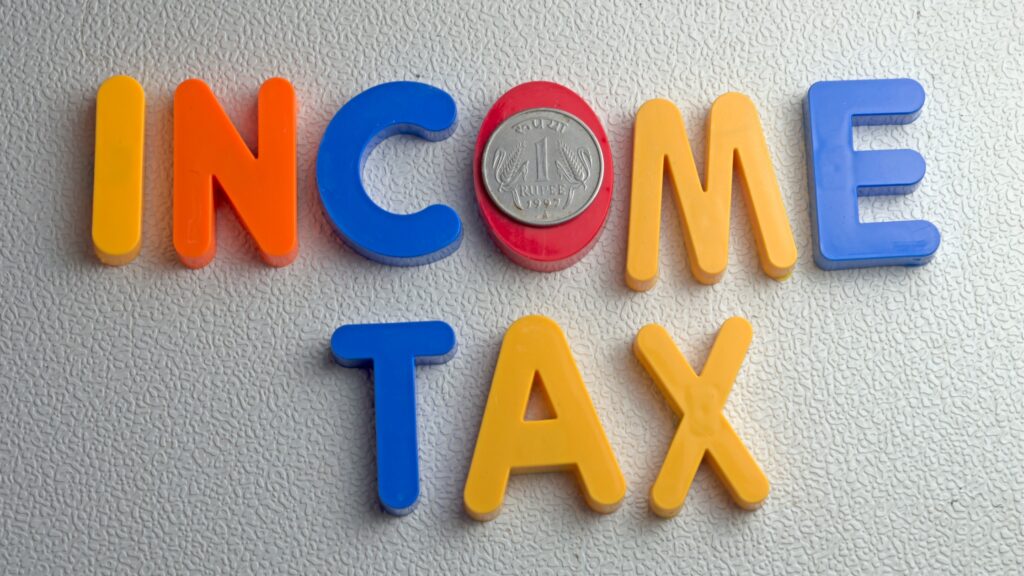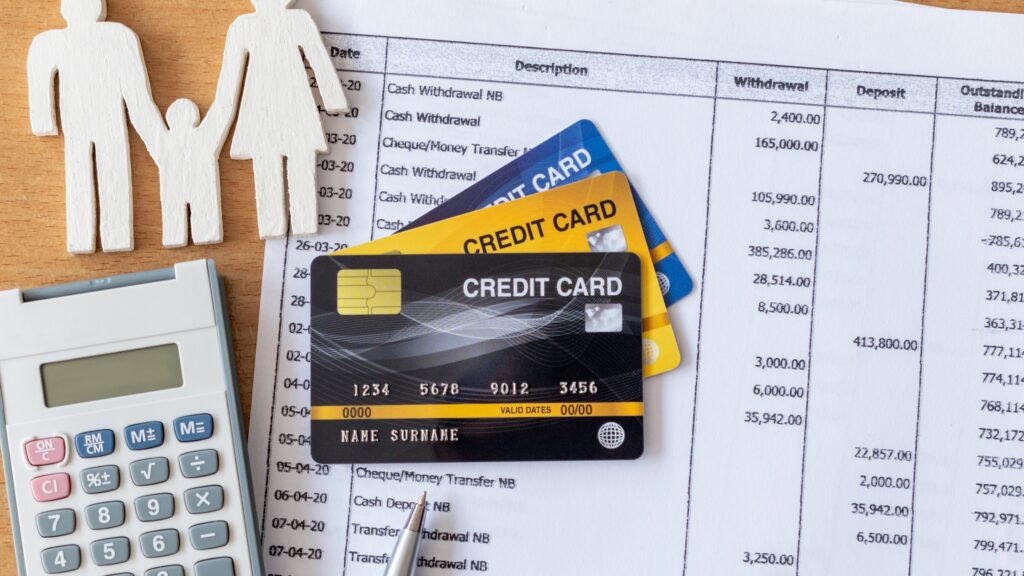When it comes to managing your finances, budgeting is an essential tool that can help you keep your spending in check and achieve your financial goals. But with so many budgeting methods and tips out there, it can be challenging to know where to start. In this post, we’ll explore the best way to budget money, including how to create a budget, track your progress, and prioritise your spending.
Work Out Your After-Tax Income

The first step in creating a budget is to determine your after-tax income, which is the amount you take home after taxes, deductions, and other withholdings. This is the money you have available to spend each month. To calculate your after-tax income, subtract your taxes and other deductions from your gross income.
Review Your Spending

The next step is to review your spending. This means looking at your bank statements, credit card statements, and other bills to determine how much you are spending each month and where your money is going. You may be surprised to find that you are spending more in certain areas than you realised.
Choose a Budgeting Plan

Once you have a clear picture of your income and spending, it’s time to choose a budgeting plan. There are many different methods to choose from, including the envelope system, the zero-based budget, and the 50/30/20 rule.
Track Your Progress
The key to successful budgeting is tracking your progress. This means regularly reviewing your budget and comparing your actual spending to your budgeted amounts. This will help you identify areas where you may be overspending and make adjustments to your budget as needed.
Automate Your Bills and Savings

One way to stay on top of your budget is to automate your bills and savings. This means setting up automatic payments for your bills and transferring a portion of your income into a savings account each month. This can help you stay on track with your budget and avoid missed payments and fees.
Revisit and Review Your Budget When Needed
It’s important to revisit and review your budget regularly. This means checking in on your progress, making adjustments as needed, and re-evaluating your financial goals.
How to Make a Budget Using the 50/30/20 Rule
The 50/30/20 rule is a popular budgeting method that can help you allocate your income in a balanced way. Here’s how it works:
Allow up to 50% of your income for needs: This includes essential expenses such as housing, utilities, groceries, and transportation.
Use up to 30% of your income for wants: This includes discretionary spending such as dining out, entertainment, and hobbies.
Aim to put 20% of your income towards savings and debt repayment: This includes contributions to retirement accounts, emergency savings, and paying off debt.
Prioritising Your Spending
Finally, it’s important to prioritise your spending to achieve your financial goals. Here are some steps to consider:
Clear toxic debt:
This includes high-interest debt such as credit cards and payday loans.
Save up a starter emergency fund:
This can help you prepare for unexpected expenses.
Contribute to your workplace pension scheme:
This can help you save for retirement.
Build up your emergency fund:
Aim to save at least three to six months’ worth of expenses in case of job loss or other emergencies.
Repay your remaining debts:
Focus on paying off any remaining debt, starting with high-interest debt first.
conclusion
Budgeting is a critical tool for managing your finances and achieving your financial goals. By working out your after-tax income, reviewing your spending, choosing a budgeting plan, tracking your progress, automating your bills and savings, and revisiting your budget regularly, you can take control of your finances and achieve financial freedom.














